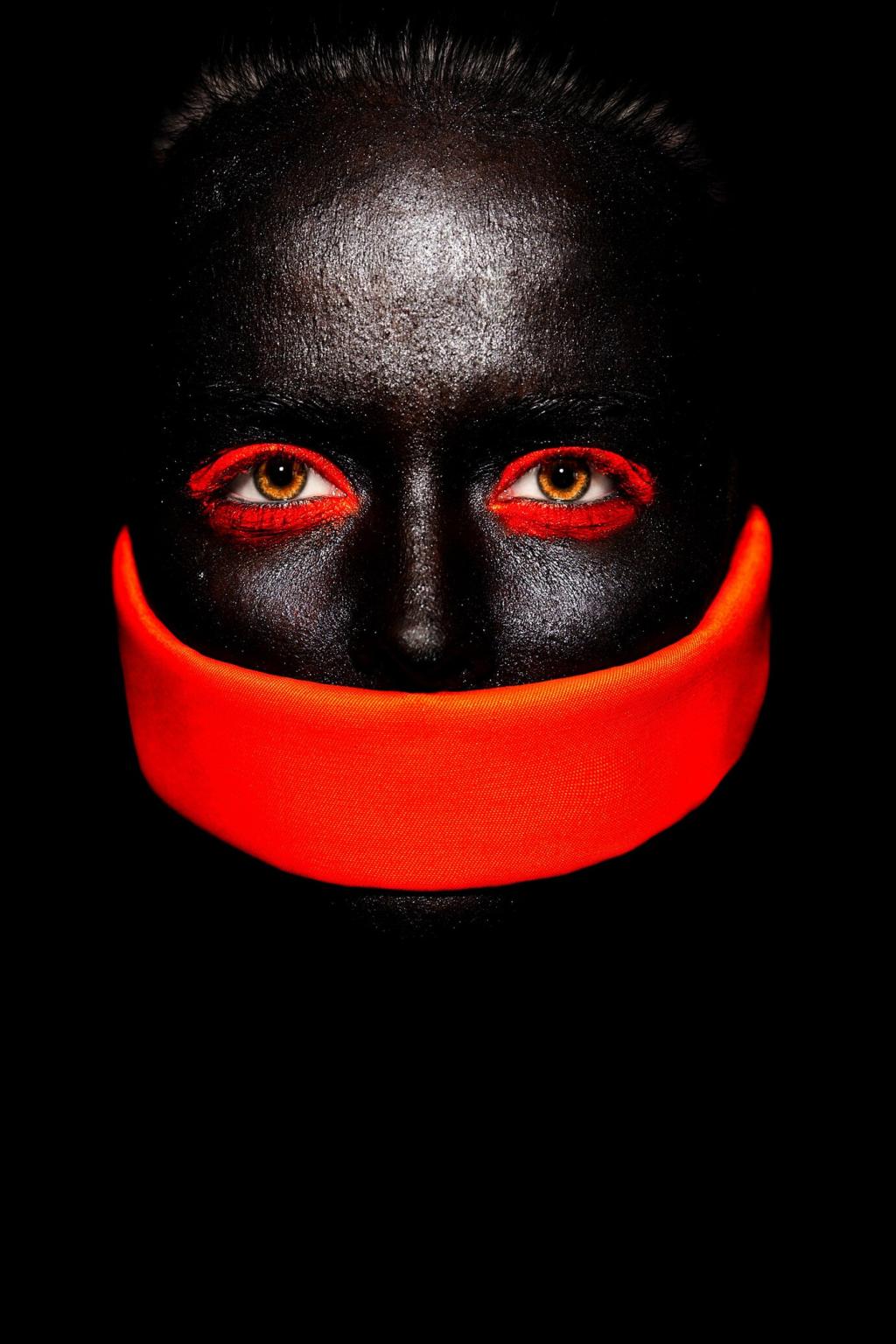Rhythm, Sound, and Movement
Jazz, born from African diasporic traditions, shaped abstract expression through syncopation and improvisation. Painters carried that swing into brushwork, letting riffs become drips, breaks become empty space, and crescendos become saturated zones.
Rhythm, Sound, and Movement
East Asian calligraphy merges breath, control, and spontaneity. Many abstract artists study its disciplined gestures, translating characters into nonverbal sweeps that record a body’s tempo and the silence between movements.




